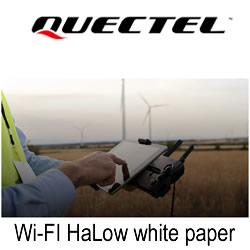WarrenUAS developing new leading program for drone use in agriculture
Vertical Distribution of Growing Plants Results in Less Land and Soil Used
How Can New Technology Help Mitigate Decreasing Net Farm Income?
Hybrid Lighting: Using both LED and HPS
How Fiber Optics Supports Agriculture
Hybrid Microgrid System Helps Company Meet Production and Sustainability Goals
10 Plant Diseases to Watch Out for
How Urban Agriculture Is Transforming Cities
Syngenta's Interra® Scan soil health mapping service unveiled at Fields of Innovation 2022
Equipment Validation: LED Lighting Edition
How Can Greenhouses, Vertical Farms & Container Farms Work Together?
Applications of Geothermal Energy for Agriculture
Designing a True Maintenance-free Pivot
Taylor Farms Taps Bloom Energy, Ameresco and Concept Clean Energy to Take California Fresh Vegetable Production Facility Off the Grid
Building a Project Plan for Commercial Grow Facility Design
Records 496 to 510 of 1619
First | Previous | Next | Last
Featured Product

